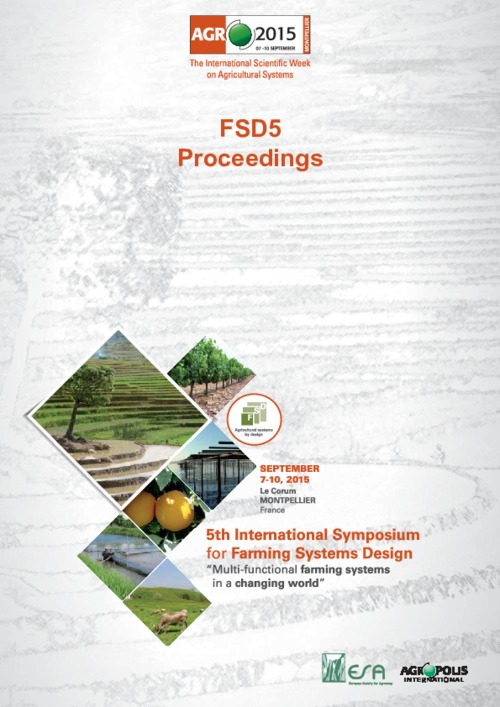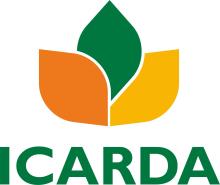Resource information
Sub-Saharan Africa suffers widespread nutrient mining, raising the problem of insustainable intensification. Understanding the relationship among soil nutrient balance, intensification and farm’s economic performance can help improve the efficiency of policy intervention, as well as contribute to the body of knowledge for farm design. This study’s main objectives were to analyse the soil nutrient balances of different farm types and their linkage with farm economic performances and to evaluate scenarios for replenishing soil nutrients in smallholder farms.
The study was conducted in Ioba Province in the southwest region of Burkina Faso, where five main types of small holder agricultural livelihood systems were identified by an earlier study. By using the Nutrient Monitoring (NUTMON) framework, 15 farms representing the five farm types (three replications per type) were monitored during a full year for cropping, livestock and off-farm activities and related nutrient flows. Soil nutrient (nitrogen, phosphorus and potassium [N, P and K]) balances were calculated for the whole farm system and the soil subsystem. We evaluated three management scenarios for replenishing soil nutrients: 1) the business-as-usual (BAU) scenario represents the actual practices, 2) the intensification of mineral fertiliser use (IMF) scenario involves the increasing use of mineral fertilisers for replenishing soil nutrients, and 3) the recycling crop residues (RCR) scenario replenishes soil nutrients through enhancing the use of crop residues for fertilising crops.
The study showed the nutrient mining poverty trap in smallholder farms, putting current intensification effort questionable. The scenario analysis indicated that removing the observed nutrient gaps by increasing the use of chemical fertilizers would be costly and inefficient for farmers. Policy interventions and farm design should focus on the subsidiary linkages between livestock and crop production.


